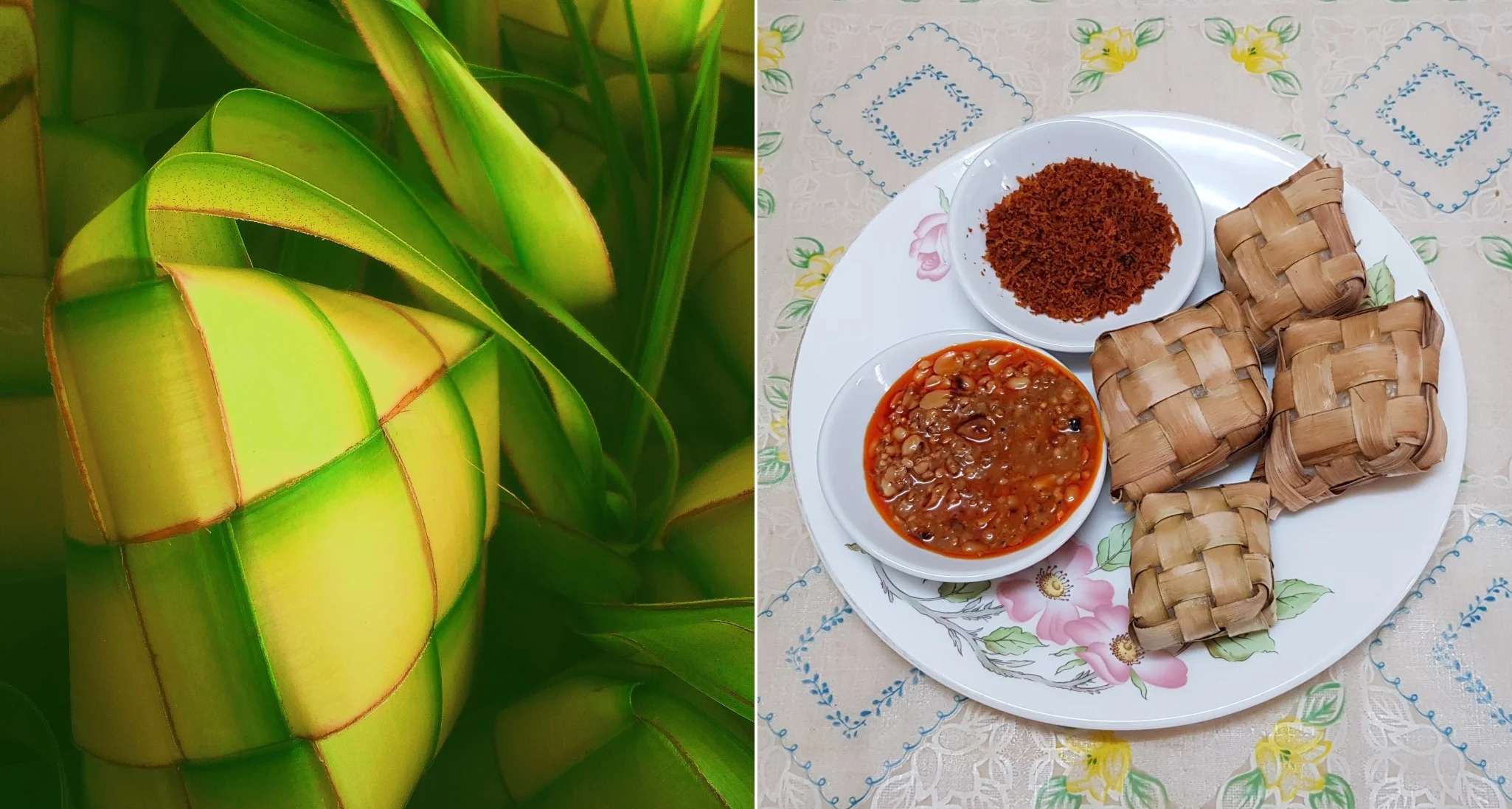Visit any country and you're likely to spot different Eid specialties during Hari Raya Aidilfitri. In Singapore, Malaysia, and Indonesia, one of the must-have food for Hari Raya Aidilfitri is ketupat, which is often enjoyed with rendang, kuah kacang (peanut sauce) and chicken opor. It may be a festive favourite, but do you know the history and significance of ketupat? According to Historia.id, ketupat has been a long-time staple in several regions in Indonesia and it is evident through the number of local dishes that often accompanied by ketupat. Some of which includes kupat tahu (Sundanese), kupat glabed (Tegal), coto Makassar, ketupat sayur (Padang), laksa (Kota Cibinong), doclang (Cirebon) as well as gado-gado and chicken satay! According to Dutch historian H. J. de Graaf in the Malay Annal, ketupat is a symbol of Hari Raya celebration since the reign of Demak Sultanate led by Raden Patah in the early 15th century. De Graaf wrote that the use of coconut leaves in the ketupat, represents the cultural identity of the coastal areas, thanks to the abundance of coconut trees surrounding the area. The shade of yellow was interpreted by de Graff as a way for the Javanese coastal community to distinguish themselves from the colour green represented by the Middle East and red from East Asia.



